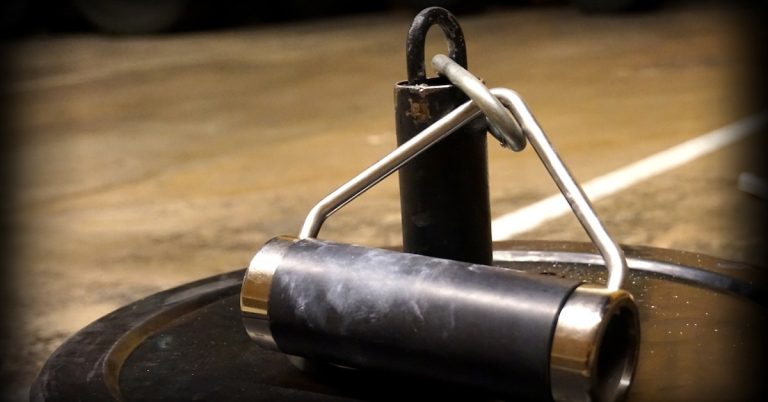A classic argument among many fitness professionals is whether the abdominals should be divided into upper and lower classifications. Some experts believe that the abdominals are one muscle and that there’s no such thing as an upper and lower part. Research, however, has shown that you can selectively recruit different segments of a muscle depending on the type of exercise you do and how much weight is used (Antonio, 2000).
In his Scientific Core Conditioning course, Paul Chek explains that the abdominals are segmentally innervated by eight nerves from T5 to L1. Most muscles only have two nerves (one primary and one secondary), so it is possible to selectively recruit different segments of the abdominals. The ability of belly dancers to roll a quarter down their midsection will attest to this. Chek feels that the abdominals should be classified as upper and lower, and he even states that the “middle” abdominals can be trained if the body is positioned appropriately.
Exercise Order
The lower abdominals have the most complex recruitment patterns and are the weakest; whereas, the upper abdominals are much stronger and easier to train. Thus, perform your abdominal exercises in the following sequence:
- Lower Abdominals
- Obliques and Quadratus Lumborum
- Upper Abdominals
So your abdominal routine may consist of a low-pulley knee-in followed by a high-pulley woodchop followed by a Swiss ball crunch. Don’t forget to do some heavy multi-joint movements beforehand like we discussed yesterday.
Tomorrow we’ll look at the controversy regarding abdominal hollowing versus bracing.

The Periodization Blueprint for Chin-Ups and Pull-Ups
Exciting news! Just got my hands on Swissies45, and they’ve transformed my chin-up game. No more draping an EZ-Curl bar

Unleash Your Grip Strength: Elevate Your Performance with IronMind Implements
Are you ready to take your grip strength to the next level? Look no further than IronMind implements. These versatile

The 3/7 Method for Size and Strength
A new strength training protocol has surfaced that will help you maximize strength gains with less training time and effort.
follow
Error: No feed with the ID 2 found.
Please go to the Instagram Feed settings page to create a feed.
